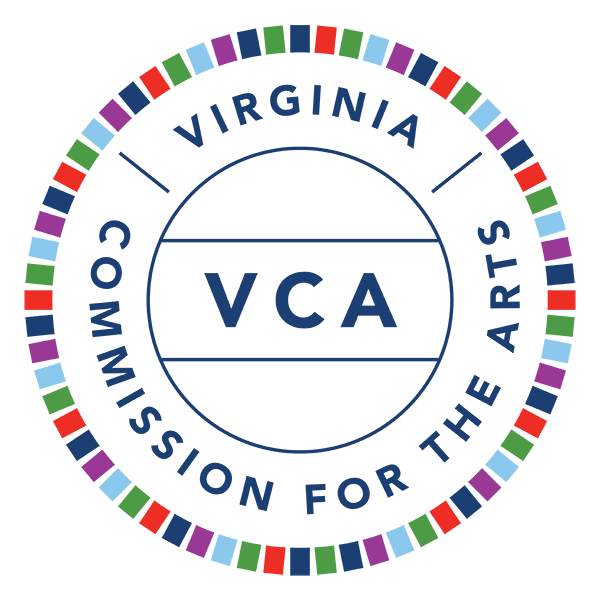Educational Background/Training
Presenter
- Dance, Art & Culture showcase https://www.proartva.org/ Wise County VA July 12 2021
- Eastover Central Fayetteville NC 2/2020
- Seventy First Classical Fayetteville NC 2/2020
- Art Residency, Dance Assembly Baldwin ES Fayetteville NC 02/2019
- Dance Assembly Bill Hefner ES Fayetteville NC 02/2019
- Dance & Art Residency, Stoneville ES Stoneville NC 30 Contact Hours 400 students 25 teachers
- Diversity & Inclusion (Teacher Training Workshops), Cary Academy Cary NC 2 Contact Hours 10 teachers
- Dance Residency, Academy at Lincoln (K4-8) Greensboro NC 15 Contact Hours 350 students
- Cultural India Performance, Berewick ES Charlotte NC 1 Contact Hours 700 students 40 teachers
Historically worked with and through the following:
- Arts & Science Council of Charlotte & Mecklenburg County since 2011
- CAPS Durham NC, Educator-Artist 2005-2014
- United Arts Council of Raleigh & Wake County NC since 2002-16
- Winston Salem & Forsyth County NC- Arts in Education 2011
- Arts Council of Fayetteville and Cumberland County, NC since 2003
- Independent Cultural Educator since 2001
Having presented 1000+ times at about 200 NC venues over 20 years
600 Bhangra Dance Workshops and Assembly Performances
250 Rangoli Art Workshops, 20 Community Programs & more
About the Artist/Ensemble
Surteg has presented over 1000 programs in 150+ venues over the last 20 years. The programs cater to grades K-12 in Dance, Visual Arts and Social Studies. All workshops are hands-on, participatory and informational regarding history, Rangoli art and Bhangra dance from India. The teacher is assisted in imparting education on multi-culturalism and South Asia. India is brought into the North Carolina schools.
Surteg is passionate about blending the first 20+ years of life growing up and getting Masters Degree in India with the next 20+ years of life in the USA through Dance & Art from India to the US school audience.
India to him is “the living embodiment of thousands of years of cultural and religious heritage: a country of music, dance and Bollywood movies; festivals, anthropomorphic gods and sacred rivers; plains, mountains and plateaus; monsoon rains, crops and green revolution; tremendous Army, Air Force and Navy; education, cricket and nuclear technology; all but 74 years of freedom from British rule, India is ‘Unity in Diversity’ amongst 35 provinces and union territories, four thousand plus languages and dialects and a unique political process.”
The proposed programs represent an avenue to blend that India into various dance and art programs for K12 students.
Educational Program Description
Dance Workshop:
{Offered in 3 different Residency (5 day, 3 day, 2 day) formats in a 45-60 min classroom session =’1 contact hour’)} Bhangra is actually pronounced as Bhungrah while saying ‘Bhung’ as in ‘lung’ and then rolling your ‘r’ really good with your tongue.
The Bhangra dance has traditionally been associated with the spring harvest festival Baisakhi, and it is from one of the major products of the harvest—bhang (hemp)—that Bhangra drew its name. Bhangra is performed indeed on any festive occasion now.
The beat of the drum and leaping bodies soon make the pulses race, till the onlookers too jump into the ring of dancers and join them. In a typical performance, several dancers execute vigorous kicks, leaps, and bends of the body to the accompaniment of short folk songs which are small couplets written in the Punjabi language called boliyan and, most significantly, to the sound of beat of a dhol (double-headed drum) which is struck with a heavy beater on one end and with a lighter stick on the other. All forms of Bhangra singers employ a high, energetic tone of voice. Participants learn to move with passion and relaxed muscles and use lots of energy.
The dance moves involve raising the arms above the shoulders. The vigorous exercising of the body through multiple range of motion movements at shoulder and hip joints combined with constant bouncing on the ball of the feet in five basic methods e.g. tap, hop, sway, Panjab and Peacock has proven mental and physical health benefits.
Rangoli Art Workshop
{Offered in 3 different Residency (5 day, 3 day, 2 day) formats (5 workstations in a 45-60 min classroom session= ‘1 contact hour’)}
Rangoli is an art form from India in which patterns are created on the floor in living rooms or courtyards using materials such as colored rice, dry flour, colored sand or flower petals. It is traditionally done by women. The purpose is decoration. Students color their play sand with food colors and learn the use of hand, cone and strainer to pour the materials into their art form on the table.
A 2 minute art-walk to other tables helps them review others art-in-progress. As they return and complete their project, photos are taken before clearing the table. Students at any grade level are encouraged to start with their own favorite drawing of for example a human face, an animal, a house, or landscape and learn to produce it through the Rangoli concept. In the Indian community, this practice is showcased during occasions such as festivals, auspicious observances, marriage celebrations etc. Rangoli designs can be simple geometric shapes, deity impressions, or flower and petal shapes or elaborate designs crafted by numerous people.
Audiences
- All Ages

